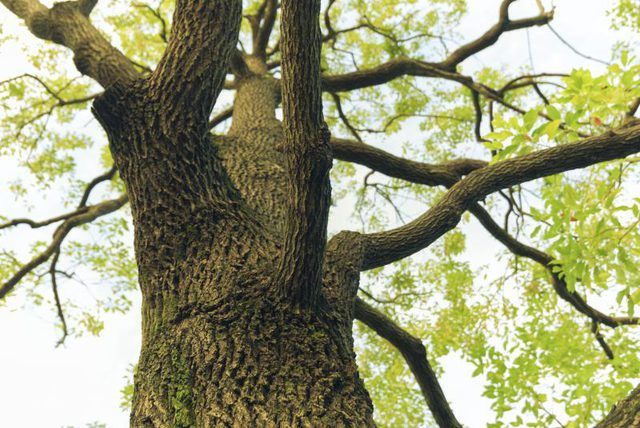Bulbs
Flower Basics
Flower Beds & Specialty Gardens
Flower Garden
Garden Furniture
Garden Gnomes
Garden Seeds
Garden Sheds
Garden Statues
Garden Tools & Supplies
Gardening Basics
Green & Organic
Groundcovers & Vines
Growing Annuals
Growing Basil
Growing Beans
Growing Berries
Growing Blueberries
Growing Cactus
Growing Corn
Growing Cotton
Growing Edibles
Growing Flowers
Growing Garlic
Growing Grapes
Growing Grass
Growing Herbs
Growing Jasmine
Growing Mint
Growing Mushrooms
Orchids
Growing Peanuts
Growing Perennials
Growing Plants
Growing Rosemary
Growing Roses
Growing Strawberries
Growing Sunflowers
Growing Thyme
Growing Tomatoes
Growing Tulips
Growing Vegetables
Herb Basics
Herb Garden
Indoor Growing
Landscaping Basics
Landscaping Patios
Landscaping Plants
Landscaping Shrubs
Landscaping Trees
Landscaping Walks & Pathways
Lawn Basics
Lawn Maintenance
Lawn Mowers
Lawn Ornaments
Lawn Planting
Lawn Tools
Outdoor Growing
Overall Landscape Planning
Pests, Weeds & Problems
Plant Basics
Rock Garden
Rose Garden
Shrubs
Soil
Specialty Gardens
Trees
Vegetable Garden
Yard Maintenance
Facts on the Camphor Tree
Facts on the Camphor Tree. Rounded foliage with broad, dark green leaves and small round berries sprouting from a strong central trunk are common characteristics of the camphor tree (Cinnamomum camphora). Camphor is an aggressively growing tree afflicted by few pests or diseases and classified as an invasive species in Florida. This non-native...

Rounded foliage with broad, dark green leaves and small round berries sprouting from a strong central trunk are common characteristics of the camphor tree (Cinnamomum camphora). Camphor is an aggressively growing tree afflicted by few pests or diseases and classified as an invasive species in Florida. This non-native tropical tree introduced from Asia grows in U.S. Department of Agriculture plant hardiness zones 9b through 11.
Looking At Camphor
Camphor trees begin at ground level with thick vertical ridges of light gray bark on a single thick trunk that sprouts into numerous heavy branches supporting foliage with a rounded shape. Camphor's foliage consists of drooping leaves with an ovoid shape and pointed tip that are separated by three large veins. This tree develops many small creamy colored flowers on thin stalks in the spring that transform into round red fruit that turns black as it matures. In its native Asian habitats, camphor grows up to 150 feet in height, but in the U.S., its average height is usually 50 to 65 feet with foliage that spreads 50 to 70 feet in diameter.
Growing Camphor
Camphor grows successfully under full exposure to sunlight or in partially shaded areas. Its roots spread broadly in fertile but sandy soils with a pH of between 4.3 and 8.0 that drain rapidly. Camphor is a drought-tolerant species once its root system is firmly established but it doesn't tolerate damage to its root system. Camphor trees planted in optimum conditions grow rapidly at a rate of roughly 24 inches per year and have a lifespan of 50 to 150 years.
Problems With Camphor
Camphor is an aggressively spreading tree that seeds itself into the surrounding area when its fruit are eaten by birds and other animals. Camphor trees are known to establish themselves and take over areas where other trees and bushes are already growing. Camphor often drops leaves during the spring, creating a significant amount of liter. Later in the growing season, it produces heavy crops of fruits that turn black and drop from the tree once they ripen. In large doses, camphor fruit is toxic to humans, causing respiration problems or convulsions.
Camphor's Benefits
Camphor trees have sturdy branches, leading from a strong central trunk, and are resistant to damaging winds. The tree's thick, regular foliage and evergreen habit make it an effective choice for a shade tree or a windbreak. The wood and foliage are resistant to burning, making it useful in areas under threat from wildfires. Camphor produces prolific amounts of fruit that attract birds and other wildlife, making the tree attractive in landscapes where wildlife is welcome.